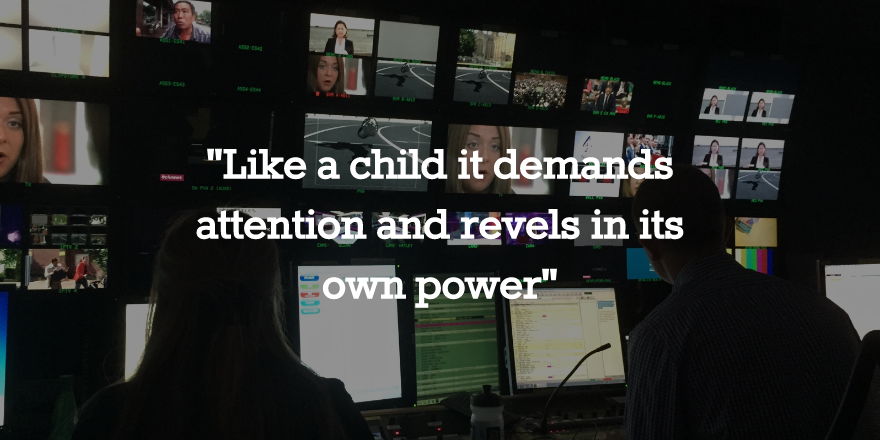This is part of an article that appears in full on the Guardian Development Professional Network website. Here’s the top and bottom of my attempt to ask if NGOs have got their communications strategies right for the media environment of 2013.
To have an impact in a world that is overflowing with information, you have to shout very loudly with one voice. That is why 100 of the UK’s NGOs and faith groups have got together for the biggest joint campaign since 2005’s “Make Poverty History“.
But the If initiative to end world hunger needs more than just attention, it needs people to understand and act.
The Kony2012 campaign was heard because it got over 100 million views on YouTube. But they didn’t catch Joseph Kony, head of the Lord’s Resistance Army, the guerrilla group in Uganda, and it might well have set back both attitudes to Africa and the idealism of those who clicked on the video but didn’t get a real world result.
The danger with the IF coalition is that the public will see it as a collection of different demands rather than a clear message. Has this sector run out of communications ideas or is it now coming up against the twin obstacles of the global economic crisis and its own fundraising needs?
The development sector in the UK is one of the most sophisticated and progressive in the world. It has pioneered many of the most successful communications and advocacy strategies over the past few decades as it has become more professional. But could that increasingly corporate approach backfire in the age of austerity?
…
Here are four practical principles to begin with.
Keep it simple
Stick to a clear message with the right amount of emotion. People know when they’re being manipulated and they see gruesome images as a cheap trick to elicit compassion. Instead, NGOs should focus on guiding people on an emotional journey through humanitarian issues.
Keep it consistent
Integration of messages is vital across all communications, including campaign, advocacy or fundraising messages. And visual integration is just as important — not only for consistency, but also because NGOs are communicating in an increasingly image-saturated market.
Include ‘beneficiaries’
Getting the people you work with to participate in NGO communications will be increasingly the key to success. Beneficiaries can best communicate their situations and the solutions they see. This is especially important in a world where NGOs perpetuate a world view of westerner as hero, when in fact ‘first responders’ in a crisis are usually community members.
Communicate with integrity
People are increasingly choosing their ethical brands like they choose their friends. People choose brands that reflect their views and values, so it’s important that NGOs talk to their supporters with honesty and a genuinely open mind. The public can now bring down your brand just as quickly as they can support it, so integrity is crucial.
I have written a report for IBT on the issues of advocacy communications in the digital age – you can access it here.
Interesting sympathetic but not uncritical assessment of the IF campaign here
Very good and more critical assessment of the IF campaign by TUC’s Owen Tudor





